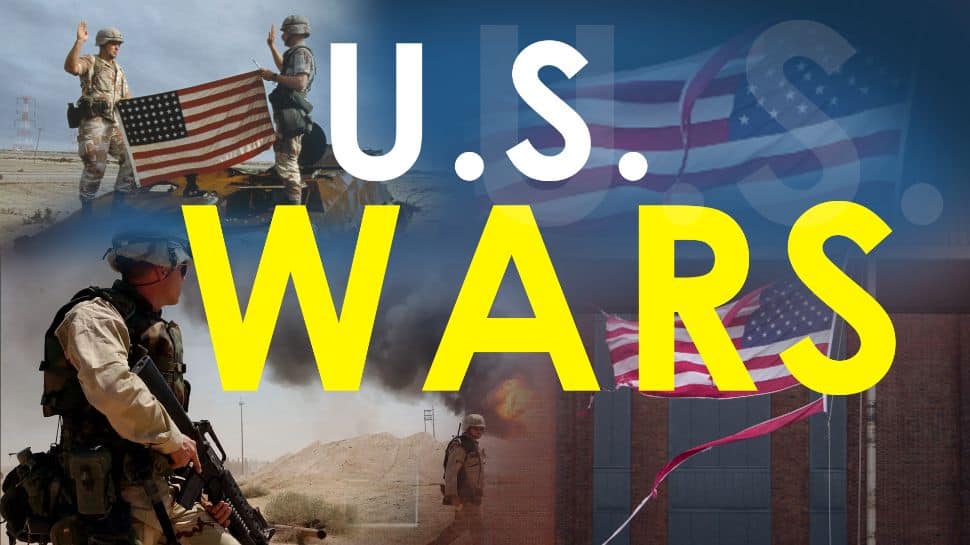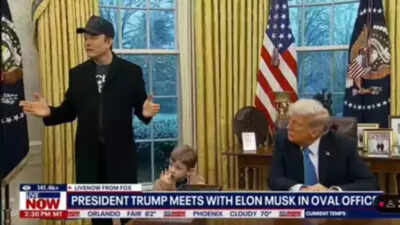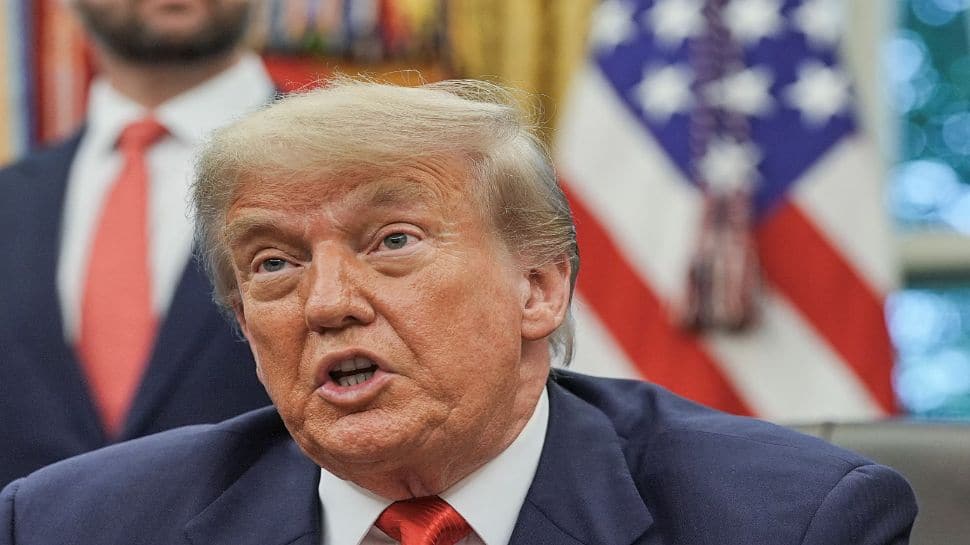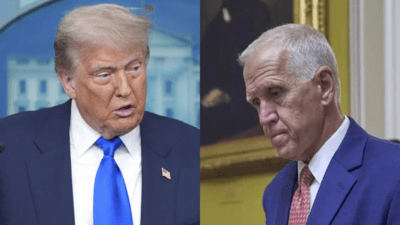How America Redrew The Middle East: Every Time It Intervened – And What Followed | World News

[ad_1]
New Delhi: The Middle East has seen the map of power redrawn time and again in the long shadow of the United States. Each turn of the Washington’s wheel – whether in Iran, Lebanon, Iraq or Gaza – left behind a trail of upheaval. The reasons varied. Oil, ideology and rivalries. The results often followed a similar pattern. Regimes fell, alliances shifted and people suffered.
Let’s trace the most defining episodes where America’s hand shaped the region and how each one ended up altering not just borders, but lives.
1953, Iran
In the early 1950s, Iran’s elected leader wanted control over the country’s oil. British companies resisted. The United States stepped in, fearing a tilt toward the Soviet bloc. Its Central Intelligence Agency (CIA) backed street protests, media manipulation and palace intrigue. The elected government crumbled. Mohammad Reza Pahlavi, the Shah of Iran, returned to power.
He ruled with American support for decades. The resentment brewed slowly. In 1979, it exploded into revolution. Tehran has never forgotten that coup.
1958, Lebanon
Tension was rising in Lebanon. The Cold War had reached Arab soil. The president, leaning west, faced revolt at home. The United States invoked its new Eisenhower Doctrine and sent troops. Marines landed at Beirut airport. Their mission was to keep things calm, not to fight.
It worked for the moment. But it left Lebanon’s delicate sectarian balance shaken. The long-term fire had not been put out. Just postponed.
1973, Yom Kippur War
On a holy day, Israeli soldiers were caught off guard. Egypt and Syria launched a surprise attack. The United States responded with an airlift of weapons and supplies to Israel. The war turned. But the cost was global. Arab states punished the West with an oil embargo. Long fuel lines. Soaring prices. A warning shot for American dependency. And yet, the US-Israel military bond grew stronger than ever.
1991, The Gulf War
Saddam Hussein crossed a line literally. His tanks rolled into Kuwait. The world responded with resolutions and warplanes. America led a coalition of dozens. The campaign was swift. The footage, cinematic. Desert Storm was hailed as a success. But it left Iraq isolated, sanctioned and smoldering.
A decade of internal repression followed. Children died of hunger and medicine shortages. Saddam stayed in power, but Iraq’s spirit dimmed.
2003, Iraq Again
A file. A fear. A flawed case. Washington claimed Saddam had weapons of mass destruction. None were found. Still, the invasion went ahead. Baghdad fell. Saddam vanished and then was captured. The regime collapsed.
But what came next was chaos. Armed groups clashed. Militias rose. The Islamic State grew from the wreckage. Democracy was promised. Instead, instability took hold. Millions displaced. Hundreds of thousands dead. The scars remain.
Across Decades, a Pattern
Intervention did not always mean invasion. Sometimes it came in secret. Sometimes with soldiers. Sometimes through sanctions or airstrikes. But rarely did it end as planned. Regimes were toppled. But peace rarely followed. Trust evaporated. Generations grew up under rubble and barbed wire.
Each time, Washington claimed to act for freedom, stability or self-defense. Each time, the ground beneath shifted. Sometimes for a week. Sometimes forever.
What lingers is the memory. In the cities where bombs fell. In the markets where sanctions bit. In the homes where sons never returned.
[ad_2]
Source link







